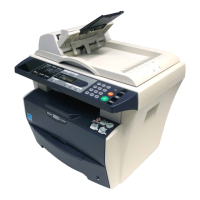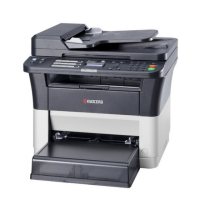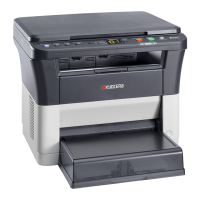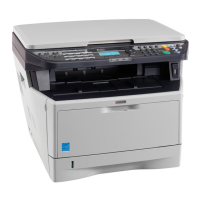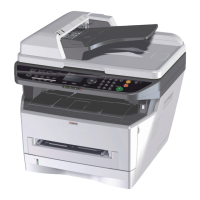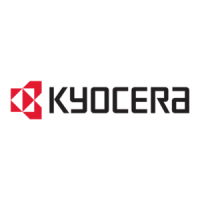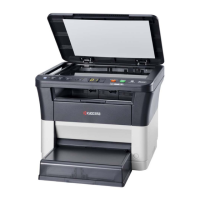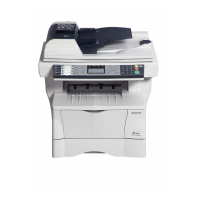ADVANCED OPERATION GUIDE Appendix-9
Envelopes
The machine can print on envelopes using paper with a basis weight of 60
to 79 g/m² (16 to 21 lb/ream). Envelopes must be manually fed.
An envelope is a more complex object than a single sheet of paper. For this
reason, it may not be possible to obtain consistent printing quality over the
entire envelope surface.
Many envelopes have a diagonal grain orientation. Refer to Paper Grain
on page 5 of this Appendix. This orientation is more likely to wrinkle and
crease on its way through the machine. Before purchasing envelopes for
use with the machine, test a sample to verify the envelope's suitability.
Do not use envelopes that have an encapsulated liquid adhesive.
Avoid long printing runs consisting of envelopes only. Extensive envelope
printing can cause premature printer wear.
To avoid jamming due to curled envelopes, do not leave more than
approximately 10 printed envelopes stacked in the paper trays during
multiple envelope printing.
Thick Paper
Fan the stack of paper and align the edges before loading them in the MP
tray. Some types of paper have rough edges on the back (those are
created when the paper is cut). In this case, put the paper on a flat place
and rub the edges once or twice with, for example, a ruler to smooth them.
Refer to Postcards on page 8 of this Appendix. Feeding rough edged paper
may cause paper jams.
NOTE: If the paper jams even after you smooth it out, set the paper in the
MP tray with the leading edge raised up a few millimeters as shown in the
illustration below.
Colored Paper
Colored paper should satisfy the same conditions as white bond paper.
Refer to Paper Specifications on page 3 of this Appendix.In addition, the
pigments used in the paper must be able to withstand the heat of fusing
during the printing process (up to 200°C or 392°F).

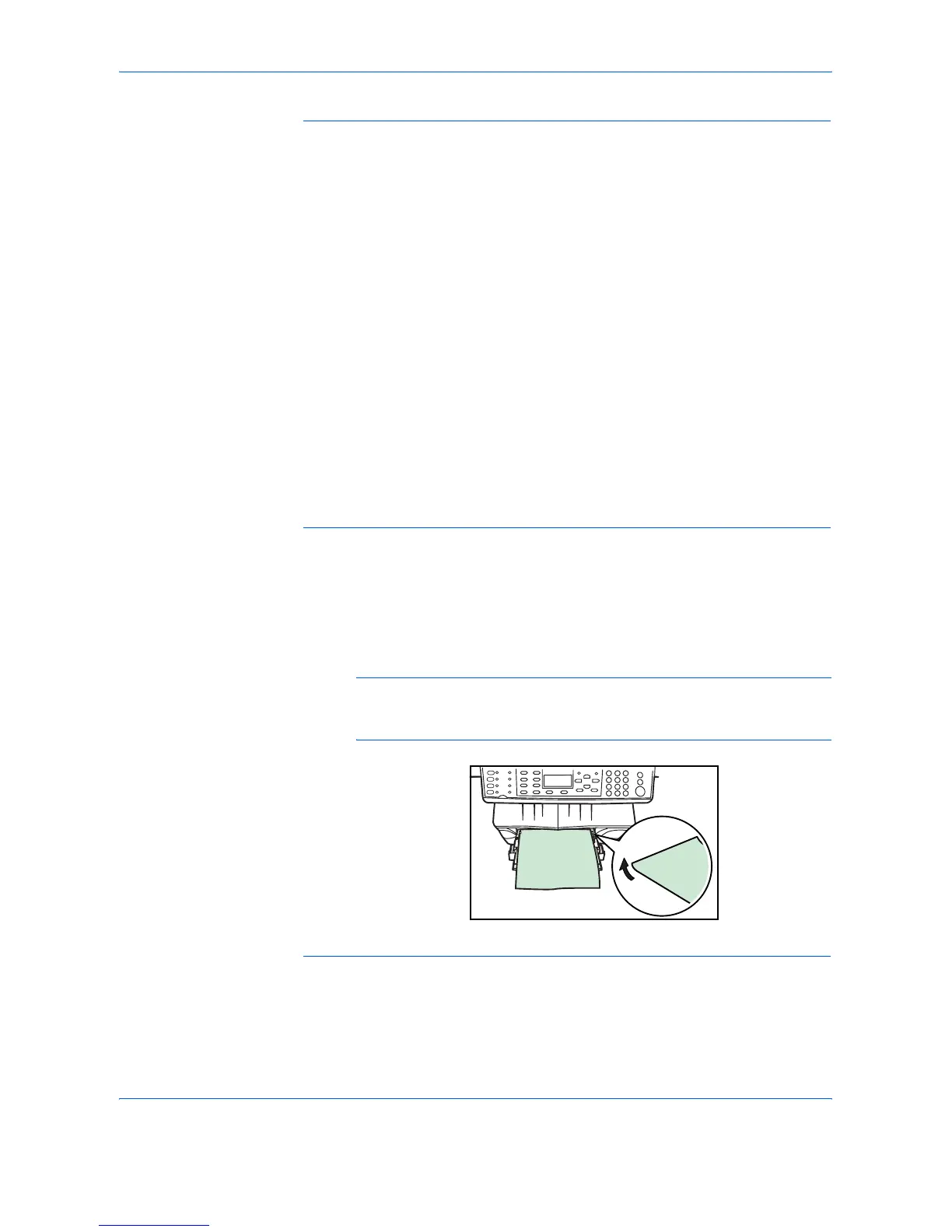